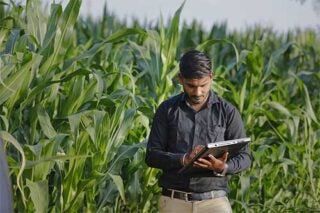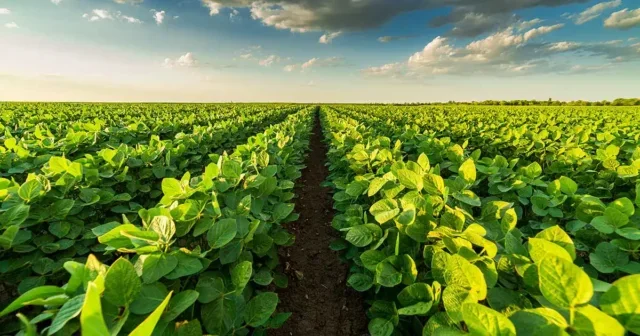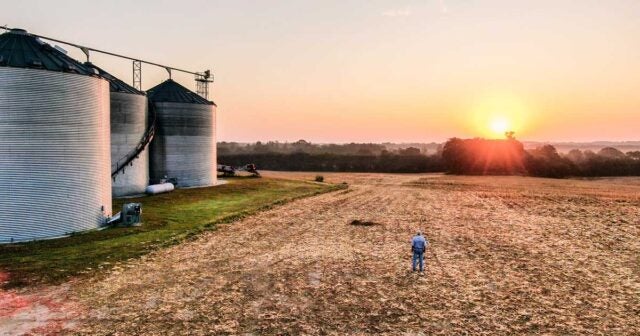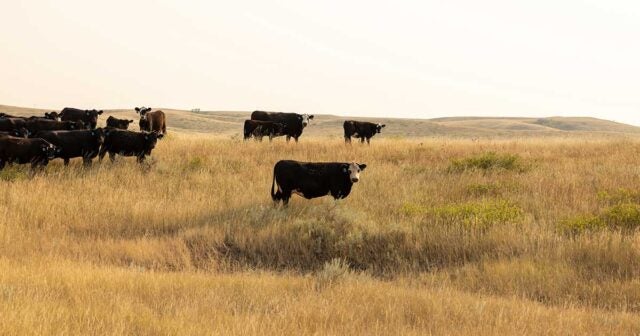- Resources
- New program sheds light on cover crop financials with big data
Resources
New program sheds light on cover crop financials with big data
Published: November 10, 2021 by Vincent Gauthier
This post was co-authored by Katherine Wilts Johnson, extension economist at the University of Minnesota’s Center for Farm Financial Management.
Farmers’ interest in cover crops is growing rapidly along with increased focus on soil health. But one of the most important questions farmers continue to ask is how cover crops will impact their finances.
A new program launched by Environmental Defense Fund and the University of Minnesota’s Center for Farm Financial Management (CFFM) aims to answer the economic questions farmers have about cover crops by developing a new farm financial benchmarking program within the FINBIN database — the largest publicly available farm financial database in the country.
This program is an important step towards integrating financial data on soil health practices into the farm financial data information sources farmers trust the most. Here’s how it works.
Data at a scale and from a source farmers trust
A growing set of case studies and economic analyses focused on the impacts of soil health practices have emerged in the last few years, but many of these studies were conducted on a handful of farms, limiting the amount of useful data for farmers as they weigh the pros and cons of adopting new practices.
The new FINBIN program will help fill this gap by scaling the results across hundreds of farms. The FINBIN database represents roughly 3,500 farms across 12 states and 3 million cropland acres. Roughly 40,000 FINBIN benchmarking reports are run annually by farmers, lenders and other users.
In addition to increasing the amount of available data, it is essential for the data to be integrated into services farmers routinely use.
Farm Business Management associations are some of the most trusted sources of farm financial data across the country. The Minnesota Farm Business Management program, for example, provides individualized financial instruction and analysis directly to over 2,000 farmers.
In the process of supporting farmers with their financials, these trusted practitioners gather enterprise-level farm financial data with the consent of the farmer and, in the case of Minnesota Farm Business Management, send the anonymized data into the FINBIN database. Producers estimate that financial benchmarking through these programs contribute on average a net income benefit of $12,169 per year.
Getting to enterprise-level financial data on cover crops
Over the past year, EDF and CFFM have developed a new approach to gather cover crop financial data that Farm Business Management associations can use to help their farmer participants benchmark their cover crop systems to other farms in the Midwest. The updated approach specifies cover crops as an enterprise with associated costs for seed, planting and termination, and ties the financial impacts of the cover crop to the cash crop that follows.
To put this approach into practice, EDF and CFFM are partnering with the Minnesota Farm Business Management program and the Southwest Minnesota Farm Business Management Association to gather, analyze and benchmark cover crop financial data over the next three years. Aggregating this enterprise-level financial data in the FINBIN database will allow users to analyze and compare the relative profitability of farm enterprises using cover crops to farm enterprises not using cover crops.
A number of participating farmers will receive a scholarship for the Farm Business Management programs for their efforts in contributing cover crop financial data to FINBIN.
Bringing the value of cover crops to scale
Farmers with questions about the financial impacts of cover crop adoption will now have a reliable source for answers. In addition to serving farmers, the program will also help policymakers and private sector business leaders develop financial incentives to support cover crop adoption.
Applying this approach across states and trusted sources will support the information, technical assistance, peer learning and financial incentives needed to spur innovation and profitably apply soil health practices at scale across America’s farms.
Learn more about the program at agcentric.org/cover-crop-scholarship.
Our Experts

-
Financial Solutions for Agricultural ResilienceLearn more




